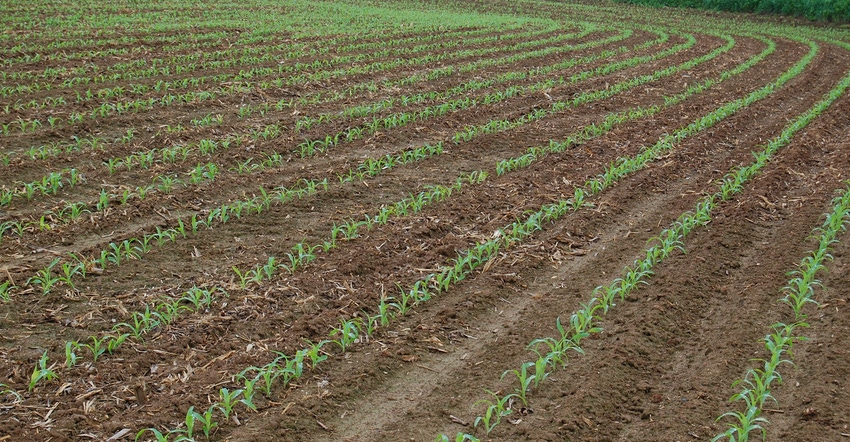
Yup, spring has sprung. And your farm-bred instinct is telling you to let your corn planter roll. First, though, check these precautions raised by University of Delaware Extension specialists:
• Soils warm enough? Corn germination begins once soil temperature at the 2- to 3-inch depth reaches 50 degrees F. As of last Friday, maximum daily soil temperatures at Georgetown, Del., were nearing that mark. But soil temperatures were still dipping into the mid-40s at night.
Waiting for soil temperatures to warm just a bit more will be important for achieving uniform stands needed to maximize yield. After last weekend’s near 80-degree “hot spell,” at least some fields may be ready to plant.
Soil temperature should be taken with a soil thermometer in several areas of the field, especially those with variable soil types. Fields with better drainage, sandier soil texture or higher organic matter, as well as fields that were tilled or that will be tilled, are better choices for earlier planting.
• Beware of other field factors. Fields that receive tillage, conventional or conservation, tend to warm faster than no-till. Residues also can act as a mulching (insulating) layer, limiting soil temperature variability and delaying effects of warmer air temperatures.
Checking soil moisture content is a good predictor of soil temperature. More moist soils take longer to warm up.
• Variable emergence is costly. If it takes more than two weeks for corn to emerge, you risk more variability in the seedling growth stage. When seedlings differ by two or more leaf stages (two fully emerged leaf plant versus a four fully emerged leaf plant), the smaller plants can act more like a weed than a contributor to field yield potential.
Plus, with poor or uneven stands, there’ll be a more open canopy. That’s an open invite for weed emergence and increased weed competition.
• Consider tillage impact. You can also encourage soil warming by using row cleaners or strip tillage to allow direct sunlight on the soil surface and help warm the seed row.
Deeper planting will expose seed to cooler temperatures compared to those planted at shallower depths. But planting at depths of less than 1.5 inches isn’t recommended.
• About starter. Use of starter fertilizers (at a rate that’ll sustain the crop until sidedressing) can also
promote more rapid growth and even germination. The Delaware Extension agronomists recommend using fertilizers with a lower salt index on sandy soils and avoiding placement of fertilizers in-furrow (pop-ups) to limit salt damage potential to seed or young seedling. High salt concentrations can damage and/or dry out emerging roots, leading to uneven emergence. You already know what that can do to yields.
The University of Delaware Extension contributed to this report.
About the Author(s)
You May Also Like




